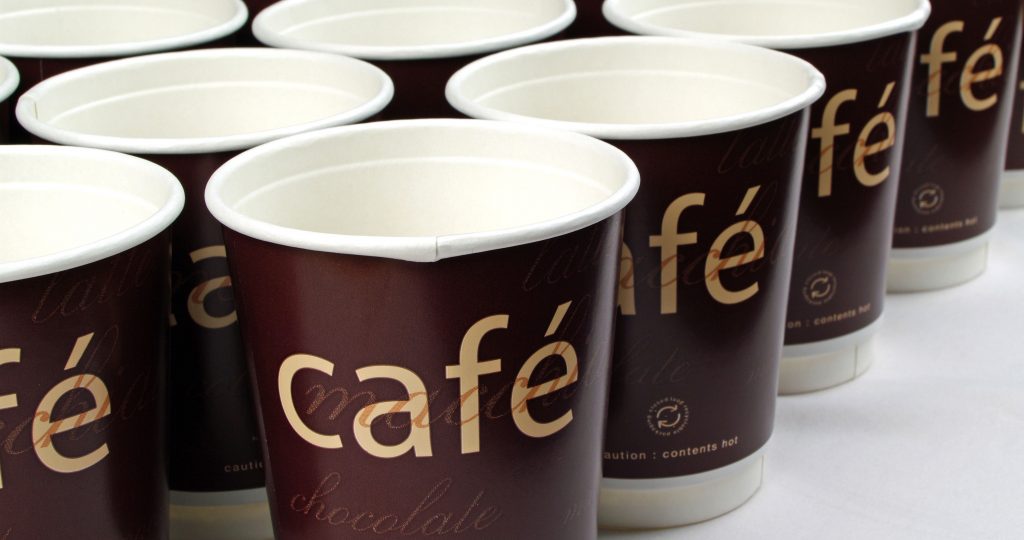DS Smith supports coffee cups recycling, launched yesterday in London.

DS Smith supports coffee cups recycling. The packaging giant said it is committed to working with retailers, coffee cup manufacturers, and the recycling industry to try and find a solution to the recycling of disposable coffee cups.
The company is keen to find an effective way to process coffee cups found in many coffee retailers on the high.
One of the key problems with recycling coffee cups is that often there is multiple materials used to manufacture the cups, and a lack of infrastructure such as mills set up to deal with specific multi-material wastes.
The objective is to significantly increase paper cup recovery and recycling rates by 2020.
Jim Malone, head of recycling at DS Smith, said: “We recognise the recyclability of coffee cups is a significant issue. When the cups are improperly discarded they are a highly visible source of litter. There are a number of pieces of research being undertaken to produce recyclable cups and we are willing to collaborate with all sectors of the supply cycle to engineer a recyclable solution.”
Waxed and polyethylene-lined paper coffee cups are not ideal feedstock and are treated as a contaminant in DS Smith’s packaging mill feed stocks. This is because these cups have to spend a longer time in pulpers to break down the paper fibres for recycling compared with mono-material recyclable paper and card.
Currently there are only a handful of mills in the UK that are set up to deal with specific multi-material wastes, such as milk and juice cartons. These mills can reprocess only small quantities of waxed and lined paper cups.



